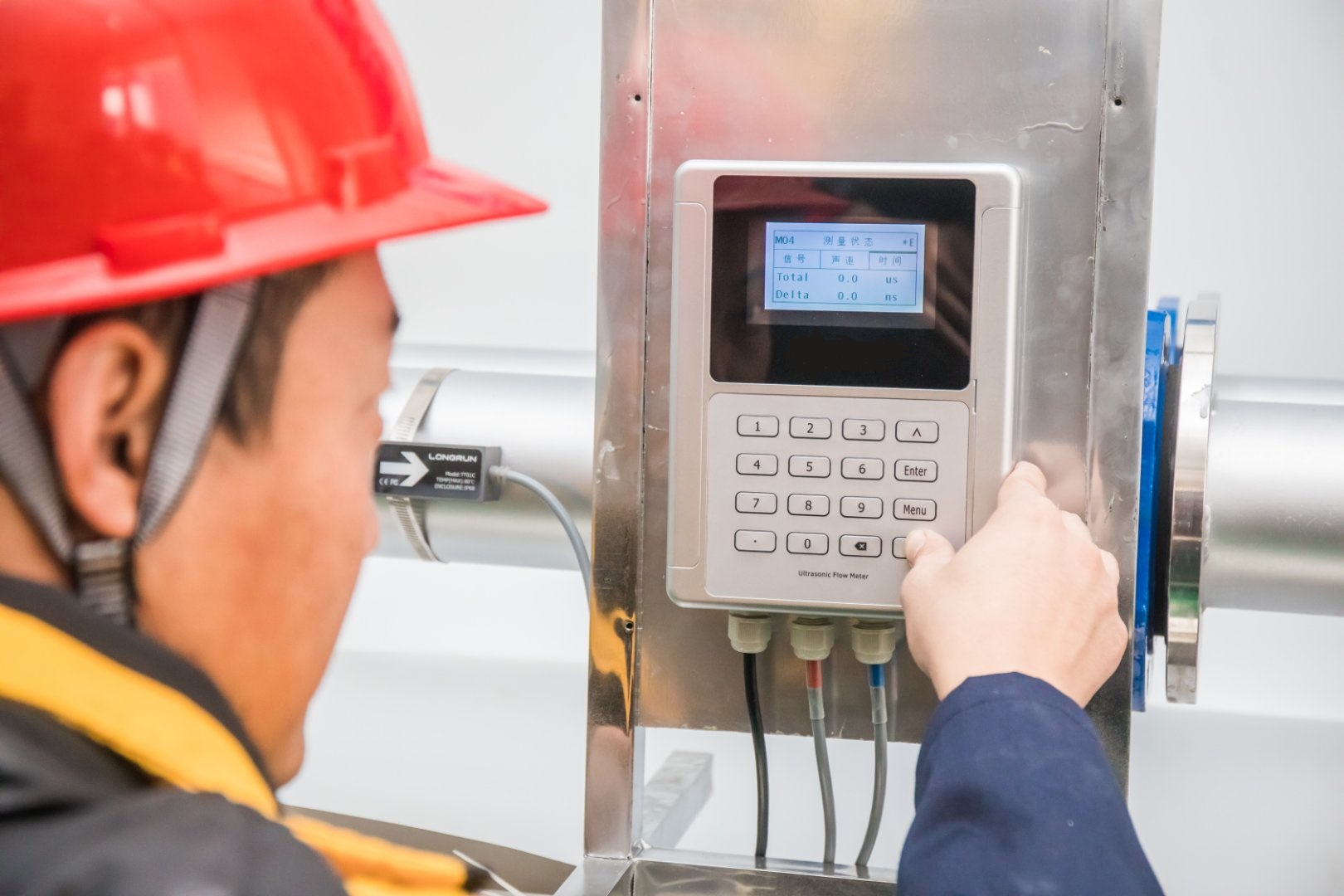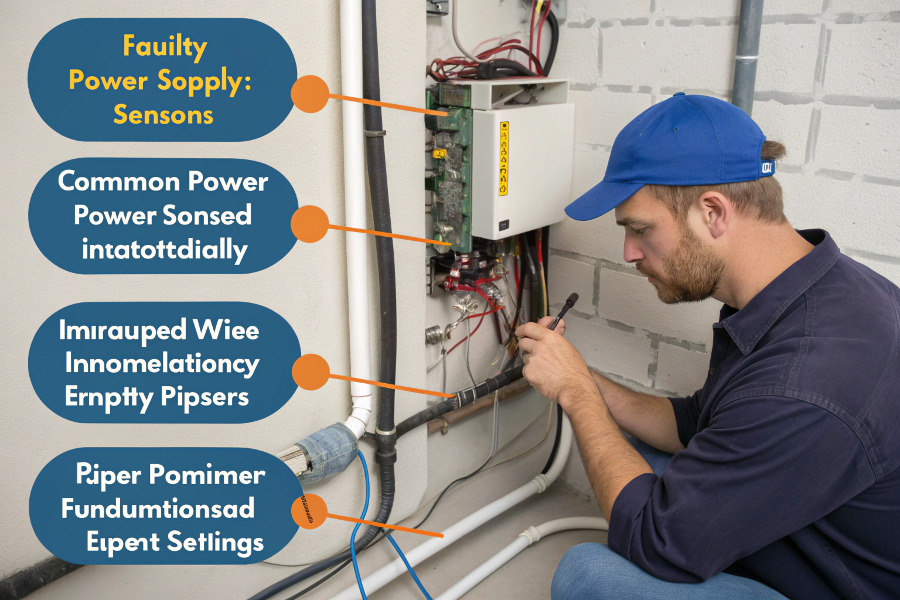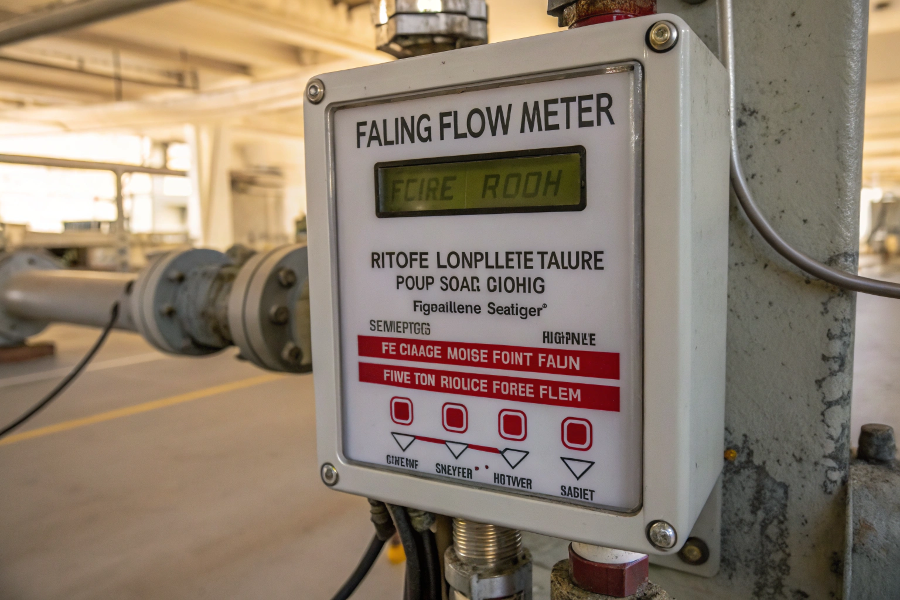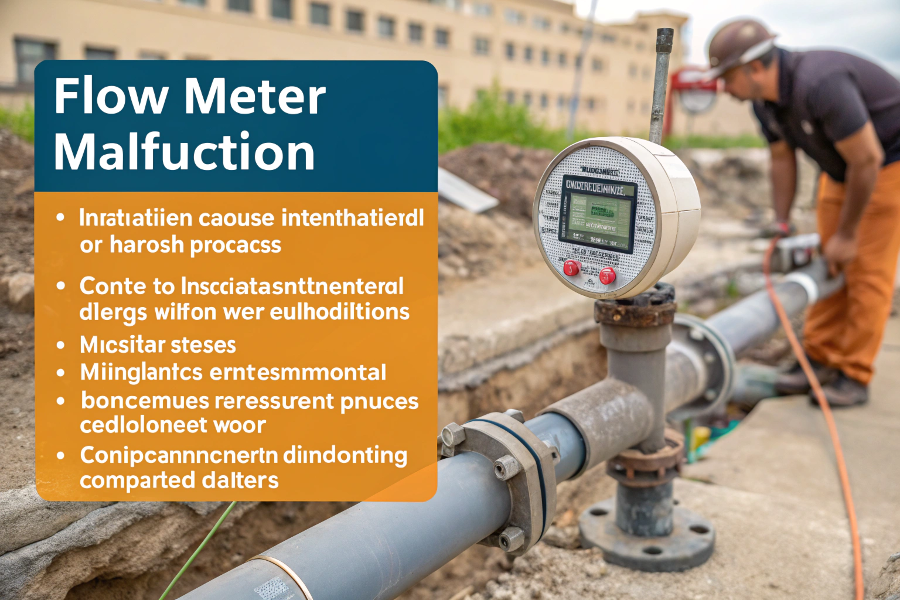A malfunctioning flow meter can cause inaccurate measurements, process inefficiencies, and costly production losses.
When an ultrasonic flow meter stops working, it’s usually due to installation problems, environmental factors, power issues, or sensor failures.
%(percentage)troubleshooting-overview

Ultrasonic Flow Meter Troubleshooting Guide
I’ve helped many customers solve these issues, and I’ll share my experience to help you diagnose and fix your flow meter problems.
Why Is My Flow Meter Not Working?
When your flow meter stops working, every minute of downtime costs money.
Common causes include power supply issues, incorrect installation, damaged sensors, empty pipes, or improper parameter settings.

Flow Meter Common Issues
From my extensive field experience:
Primary Failure Points
-
Electrical Issues
Problem Symptom Solution Power failure No display Check supply Wiring damage Intermittent readings Inspect cables Ground fault Erratic behavior Test grounding Circuit failure Complete shutdown Board replacement -
Mechanical Problems
- Sensor misalignment
- Poor coupling
- Pipe conditions
- Installation errors
Diagnostic Steps
-
Initial Checks
- Power verification
- Signal strength
- Parameter review
- Physical inspection
-
Advanced Testing
- Waveform analysis
- Communication check
- System diagnostics
- Performance validation
How to Tell if a Flow Meter is Bad?
A failing flow meter often shows warning signs before complete failure.
Signs include inconsistent readings, frequent error messages, poor signal strength, and failure to respond to flow changes.

Flow Meter Failure Indicators
Based on my troubleshooting experience:
Warning Signs
-
Performance Indicators
Indicator Meaning Action Required Zero reading No flow detection Check sensors Fluctuating values Unstable measurement Verify installation Error codes System fault Diagnostic review Delayed response Processing issues Check electronics -
System Analysis
- Historical data review
- Trend analysis
- Comparison testing
- Performance benchmarking
Verification Methods
-
Testing Procedures
- Zero flow check
- Known flow test
- Signal strength verification
- Response time measurement
-
Documentation
- Error logging
- Maintenance records
- Calibration history
- Performance trends
What Causes Flowmeter Malfunction?
Understanding the root causes helps prevent future failures.
Flow meter malfunctions typically result from installation errors, environmental conditions, process changes, or component wear.

Flow Meter Malfunction Analysis
Drawing from my maintenance experience:
Common Causes
-
Environmental Factors
Factor Impact Prevention Temperature Signal drift Climate control Vibration Reading errors Isolation mounts Moisture Electronics damage Protection measures EMI Signal interference Proper shielding -
Process Variables
- Flow profile changes
- Fluid properties
- Operating conditions
- System modifications
Prevention Strategies
-
Maintenance Program
- Regular inspections
- Component cleaning
- Parameter updates
- Staff training
-
System Protection
- Environmental controls
- Mechanical guards
- Electrical protection
- Backup systems
Do Ultrasonic Flow Meters Need Calibration?
Regular calibration ensures measurement accuracy and system reliability.
Ultrasonic flow meters require periodic calibration to maintain accuracy, typically annually or as specified by manufacturers and industry standards.

Flow Meter Calibration Process
From my calibration experience:
Calibration Requirements
-
Frequency Factors
Application Interval Consideration Critical process 6 months High accuracy Standard use Annual Regular check Light duty 2 years Basic verification Regulatory As required Compliance -
Calibration Methods
- In-situ verification
- Laboratory calibration
- Comparison testing
- Zero point check
Best Practices
-
Calibration Process
- Pre-test inspection
- Standard procedures
- Documentation
- Post-test verification
-
Quality Assurance
- Traceability
- Error analysis
- Uncertainty calculation
- Results validation
Conclusion
Regular maintenance, proper calibration, and understanding common failure modes are essential for keeping your ultrasonic flow meter working reliably and accurately.
